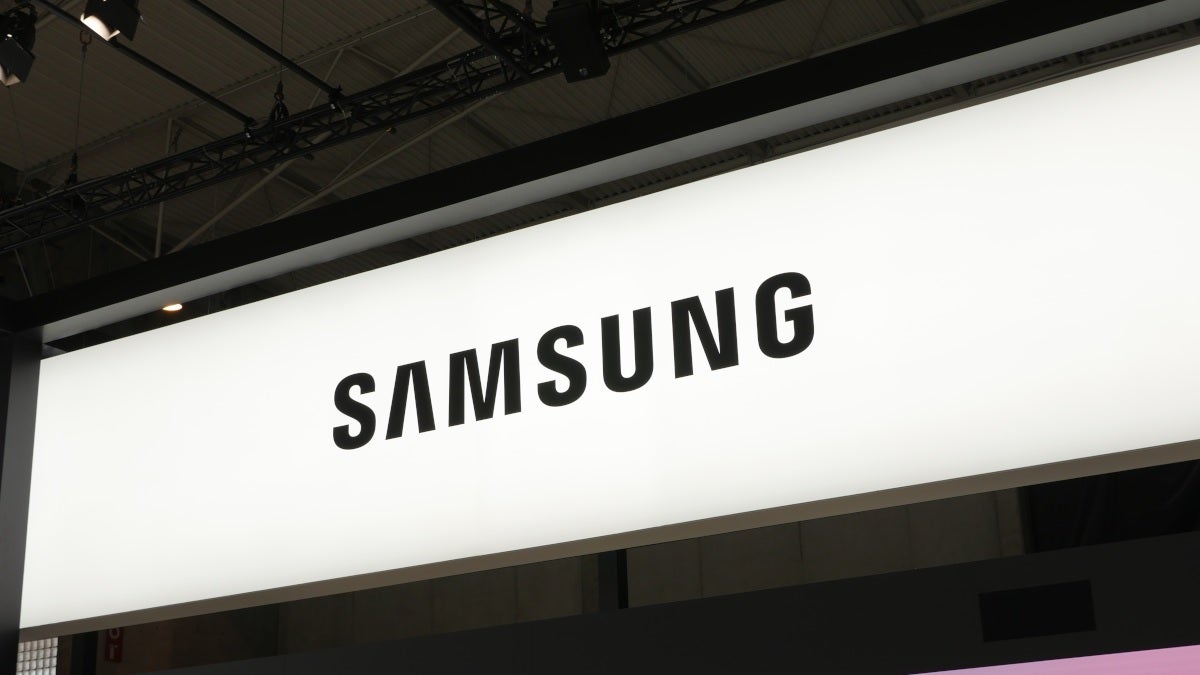Is Your Galaxy Phone at Risk? Samsung Urges Immediate Security Update!

Published: 2025-09-15 01:10:26 | Category: Trump GNEWS Search
A significant security flaw has been identified in Samsung Galaxy phones that could expose users to malicious attacks, prompting the manufacturer to issue a cautionary warning. The vulnerability, tracked as CVE-2025-21043, affects devices running Android 13 and newer, including popular models like the Galaxy S25 and S25 Edge. Samsung has released an updated September security patch to address this critical issue, which has reportedly been exploited in the wild.
Last updated: 22 October 2023 (BST)
Key Takeaways
- The vulnerability affects Samsung Galaxy phones running Android 13 and above.
- Reportedly exploited in the wild, making it crucial for users to update their devices.
- The flaw allows remote attackers to take control of a device through a zero-click attack.
- High-profile individuals are often targeted, but all users should take precautions.
- Keeping software and apps updated is essential for security.
Understanding the Vulnerability: CVE-2025-21043
The flaw CVE-2025-21043 is a serious security issue stemming from an out-of-bounds write vulnerability in a proprietary image parsing library produced by Quramsoft. This flaw allows attackers to exploit the system without any user interaction, making it a zero-click attack. In simple terms, a remote attacker can send a specially crafted image file to the target device; when the device attempts to process this image, it may inadvertently execute malicious code, potentially granting the attacker full control.
The Impact of Zero-Click Attacks
Zero-click attacks are particularly insidious because they do not require any action from the user. Unlike traditional phishing scams that rely on the victim clicking a link or downloading a file, these attacks operate silently in the background, making them challenging to detect. This characteristic significantly amplifies their danger, as victims remain unaware of the compromise.
Who is at Risk?
While the vulnerability is a severe concern for all Galaxy phone users, it is especially harmful to high-profile individuals, including politicians, journalists, and government officials. These individuals often attract the attention of well-funded attackers, including nation-states involved in espionage. However, that does not mean ordinary users are safe; attackers may target any device that is not fully updated, looking for easy access to personal information.
How to Protect Your Samsung Galaxy Phone
To mitigate the risk posed by CVE-2025-21043, Samsung Galaxy users should take immediate action to ensure their devices are secure. Here are some steps to follow:
- Update Your Device: Regularly check for software updates. Samsung rolls out updates by model, country, and carrier, so be patient but persistent.
- Update Your Apps: Ensure all installed applications are up to date. Vulnerabilities can also exist in apps, making regular updates essential.
- Enable Automatic Updates: If possible, enable automatic updates for both your device and applications to stay ahead of potential threats.
- Review Security Settings: Check your phone’s security settings to ensure you are using the highest available protection options.
- Be Aware of Suspicious Activity: Keep an eye on your device for any unusual behaviour, such as unexpected battery drain, unexplained data usage, or unusual alerts.
Comparing Samsung's Approach to Other Platforms
Samsung's security update process can be slower than that of other manufacturers like Apple, where updates are rolled out simultaneously across all devices. In contrast, Samsung’s staggered approach may leave some users vulnerable for longer periods. A recent example of another zero-click vulnerability was addressed by WhatsApp, which affected iPhone models. This highlights that such issues are not limited to a single platform and underscores the importance of vigilance across all devices.
What Happens Next?
As Samsung continues to address vulnerabilities, users must remain proactive about their security. The rapid evolution of cyber threats means that new vulnerabilities can emerge at any time. Staying informed about security updates and potential threats is crucial. Samsung’s response to CVE-2025-21043 is a reminder of the importance of cybersecurity, particularly for devices that handle sensitive personal information.
Conclusion: Stay Secure
The CVE-2025-21043 vulnerability is a serious security concern for Samsung Galaxy users, necessitating immediate action to update devices and apps. While the threat may be more pronounced for high-profile individuals, all users should take precautions to safeguard their personal information. Keeping software updated and being aware of unusual activity on your device can significantly reduce the chances of falling victim to such attacks.
How secure do you feel about your smartphone's safety? Make sure you're taking the necessary steps to protect yourself against emerging threats. #SamsungSecurity #CyberSafety #GalaxyUpdate
FAQs
What is CVE-2025-21043?
CVE-2025-21043 is a critical security vulnerability found in Samsung Galaxy phones running Android 13 and newer, allowing remote attackers to execute malicious code without user interaction.
How can I protect my Samsung Galaxy phone?
To protect your device, ensure it runs the latest Android version and has all apps updated. Enable automatic updates and be vigilant about unusual device behaviour.
Are zero-click attacks common?
While zero-click attacks are relatively rare due to their complexity, they represent a significant threat, particularly to high-profile individuals targeted by sophisticated attackers.
Who is most at risk from this vulnerability?
High-profile individuals such as politicians, journalists, and government officials are primary targets but all users should ensure their devices are secure to avoid exploitation.
What should I do if I suspect my phone is compromised?
If you suspect your phone has been compromised, immediately disconnect from the internet, run a security scan, and consider performing a factory reset after backing up important data.

:max_bytes(150000):strip_icc():focal(749x0:751x2)/Sofia-Vergara-eye-infection-emmy-091425-acba780810dc4d80b104e34618a1c0d3.jpg)
